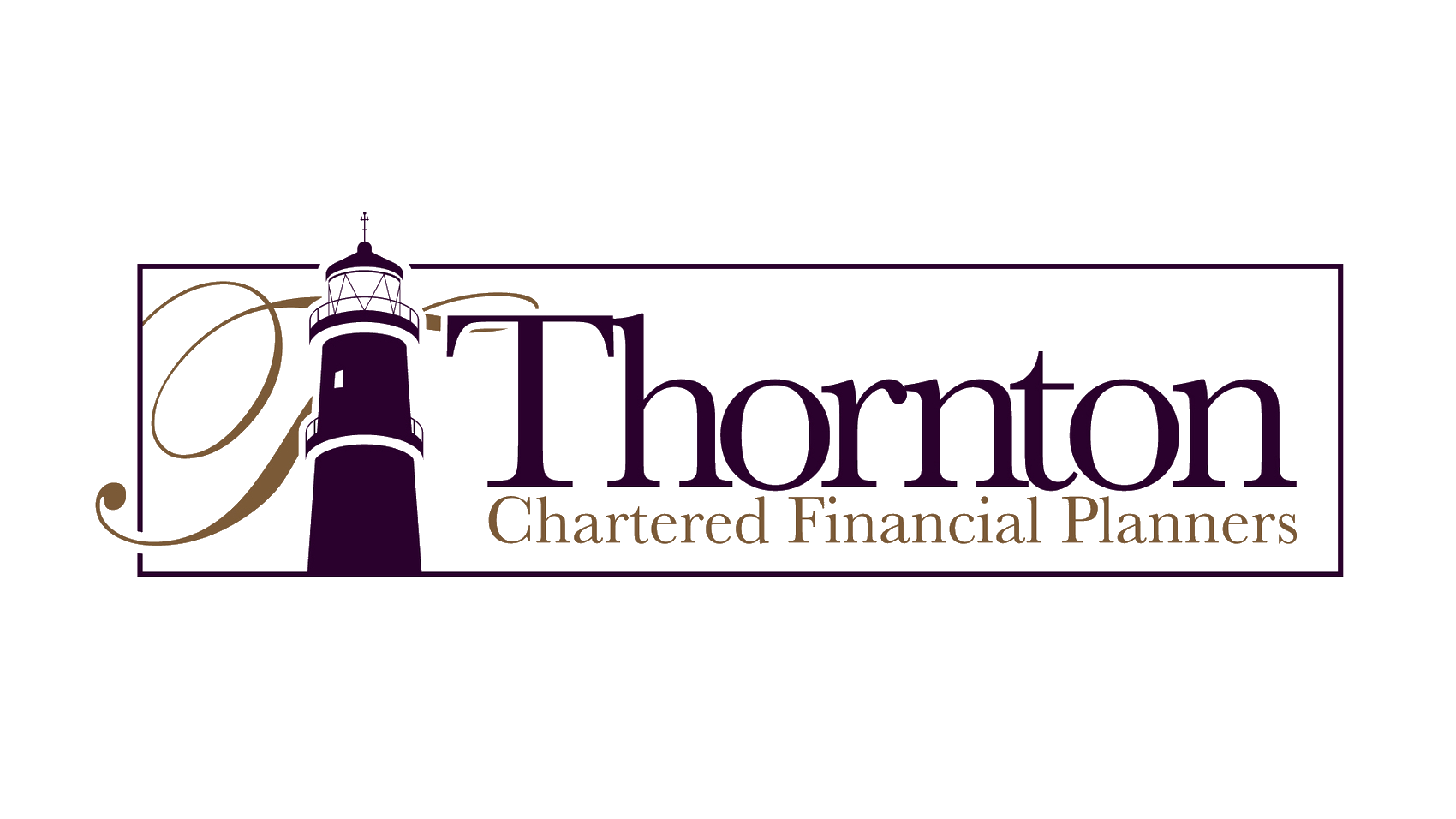If the cost of living increase has left you wondering whether your plans to give up full-time work can ever happen, this article might help:
Starting point
Work out how much you currently spend each month – on everything.
Then fast forward to visualising your retirement and how much you are likely to spend.
If we assume your mortgage has been paid off by then and your kids are no longer financially dependent on you, monthly expenditure tends to fall into these main categories:
- Food and drink – let’s say £600 if the kids have gone
- Bills including utilities, rates, Sky etc. £550
- Running two cars – £300
- Entertainment – going out for meals and drinks, golf/gym membership etc. – £700
- Holidays – £500 per month into a “holiday account.”
- Miscellaneous £350 per month for one-off costs – there’s always something! Car insurance, home and contents, birthdays/Christmas, broken washing machines etc
This list results in a total retirement “lifestyle cost” of £3,000 per month, or £36,000 per annum.
You can adjust the figures above to whatever best matches your envisaged retirement expenditure and work from there. They merely indicate what I see in couples leading a relatively comfortable (but not necessarily lavish) lifestyle in retirement.
Phasing yourself into retirement
Working part-time can provide the balance between bringing in valuable income, maintaining purpose and having enough free time to do the things you’ve always wanted to do.
The question is, what could “part-time” look like for you?
A couple doing a job that they want to do for 2.5 days a week on the IOM living wage would earn approximately £20,000 a year.
A further £16,000 a year is therefore required if £36,000 is needed when full-time work stops.
Suppose you have other expected retirement income sources, such as “final salary” scheme pensions or rental income from a property. In that case, this will further reduce the capital you require.
How much capital is needed?
A basic calculation that will give you an idea of how much capital you need to bridge the gap between income and expenditure is to multiply the “income gap” by 25.
For example, if the income gap is £16,000 a year, a couple would need to have pensions and savings of roughly £400,000 (£16,000 x 25).
Existing pensions, investments/savings – how far off my target figure am I?
1 – Add up the current value of your pensions, savings and investments
2 – Work out what you expect your employer/s to put into your pension between now and finishing full-time work
3 – Calculate how much you need to save yourself to achieve your capital target. Plenty of “retirement planning calculators” online help you with this.
4 – Budget ruthlessly to create the capacity to save to reach your retirement goals.
Downsizing
Factoring in releasing equity in your home in retirement could reduce your capital target.
However, please don’t underestimate the emotional difficulty of leaving what’s been your family home and all your memories of it.
The children will almost certainly need to have “flown the nest” if you are to downsize. In today’s world, where children live longer at home, this cannot be easy to plan accurately.
Do you have a retirement plan?
This process will give you a rough idea of your future life and what you need to do to make it happen. We are happy to help you with this if you want us to.
The IOM flat-rate state pension is currently just over £200 per week (for various reasons, some people will get a bit more, some less).
Depending on when you were born, it will be paid in your mid to late 60s. If you don’t think this will be enough, it will pay to plan now.
Are you exhausted from having read this far?
If so, my apologies, but it’s why we Financial Planners have a job.
Yes, we invest funds, but we help our clients achieve what is important to them.
You can always earn more money. You can’t get back time spent at work.


